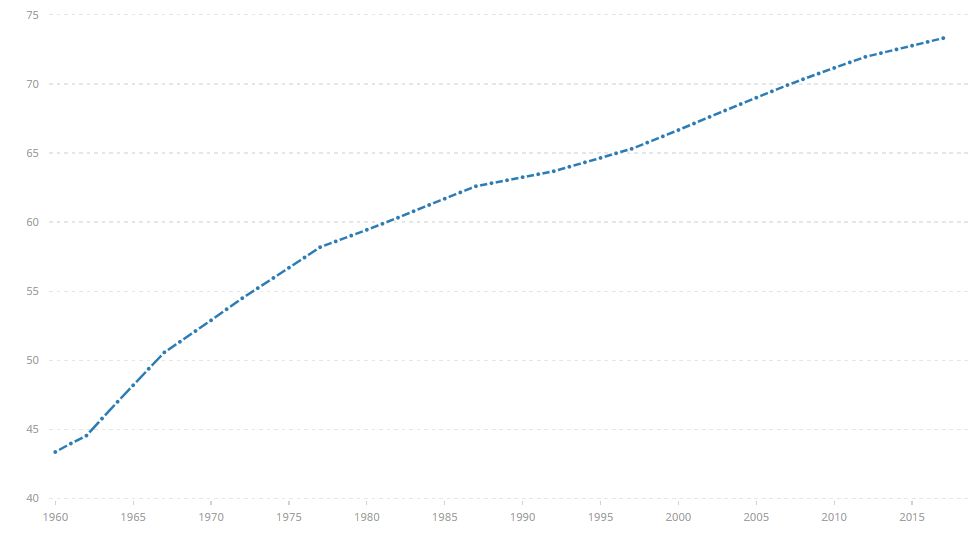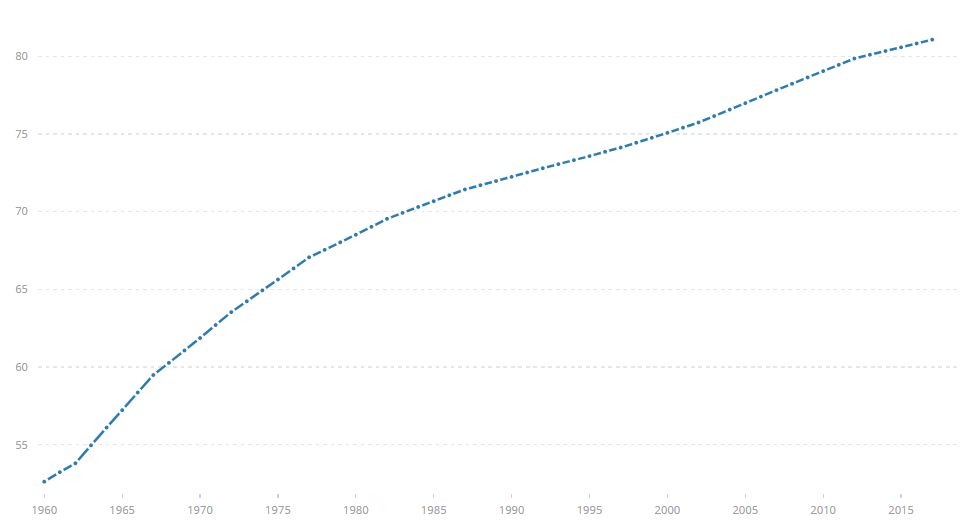When a man reaches the age of 65, he can live quite long - But many die before
EnglishAlthough mortality statistics have improved significantly in Hungary, they are still poor compared to Western and Southern Europe. However, we should take into consideration that this is due to an unreasonably high rate of deaths under 65, especially in case of men.
Although mortality statistics have improved significantly in Hungary, they are still poor compared to Western and Southern Europe. However, we should take into consideration that this is due to an unreasonably high rate of deaths under 65, especially in case of men.
Among the last
The life expectancy in Hungary (76 years) is still quite low compared to most countries in the European Union.
There are values lower only in Romania, Bulgaria, Lithuania and Latvia (74-75 years).
The highest values in the EU are linked not only to economic development but also to climate: Spain, Italy and Switzerland top the list with values over 83 (the average for the 28 countries is 80.6).
Gender difference
The gender gap in life expectancy moves on a wide scale in different EU countries. It is nearly 10 years in the Baltic states 7 years in Hungary (72.5 for men, 79.5 for women), and only 3 years in the Netherlands. The difference is almost entirely due to the extreme variation in the expected age of men, which means that the data is spread over a much wider range than that of women.
A good figure
However, if we examine life expectancy at the age of 65, we get a much better picture in all countries. The average data for the EU-28 is 18.1 years for men and 21.4 years for women, so the expected effective age is 83.1 and 86.4 years, respectively.
In Hungary, the two figures are 14.5 years and 18.4 years, respectively, that is, those who have reached the age of 65 can expect 79.5 years for men and 83.4 years for women. This is not a substantial deviation from the EU average, so it is obvious that the problem is caused by the death of people under 65, especially in case of men, as it reduces their life expectancy by 7 years.
The magic 65 years
The World Bank has a survey of what percentage of the population in each country live to age 65, broken down by gender. In Hungary, the figure is only 72 percent for men, while in most of the EU member countries it is between 85 and 90 percent. It is 86 percent even in Albania, outside the EU (undoubtedly due to the climate).
There are only 2 countries in the EU with worst numbers than Hungary: 67 percent in Latvia and 65 percent in Lithuania, while in Romania and Bulgaria the data is roughly the same as in Hungary.
The Visegrad group is ahead of Hungary: Slovakia and Poland with 76 percent, Czechia with 82 percent.
In case of women, numbers are much higher: 87 percent in Hungary, 89 percent in Poland and Slovakia, 93-94 percent in Western Europe (Italy, 95 percent).
Percentage of men aged 65 or over in the world between 1960 and 2017

Percentage of women aged 65 or over in the world between 1960 and 2017

The root of the problem
All in all, it seems that in Hungary the mortality rates in general are not bad, but the extremely high mortality rate of middle-aged men is lowering the average. However, the situation has been improving for a few decades:
20 years ago, the average expected age of men was only 67, and only 62 percent reached the age of 65.
According to Eurostat, the leading cause of death under the age of 65 in Hungary is cancer in nearly half of all cases (one in three of them is lung cancer), followed by cardiovascular disease. Traffic accidents and suicides account for 3 percent.
